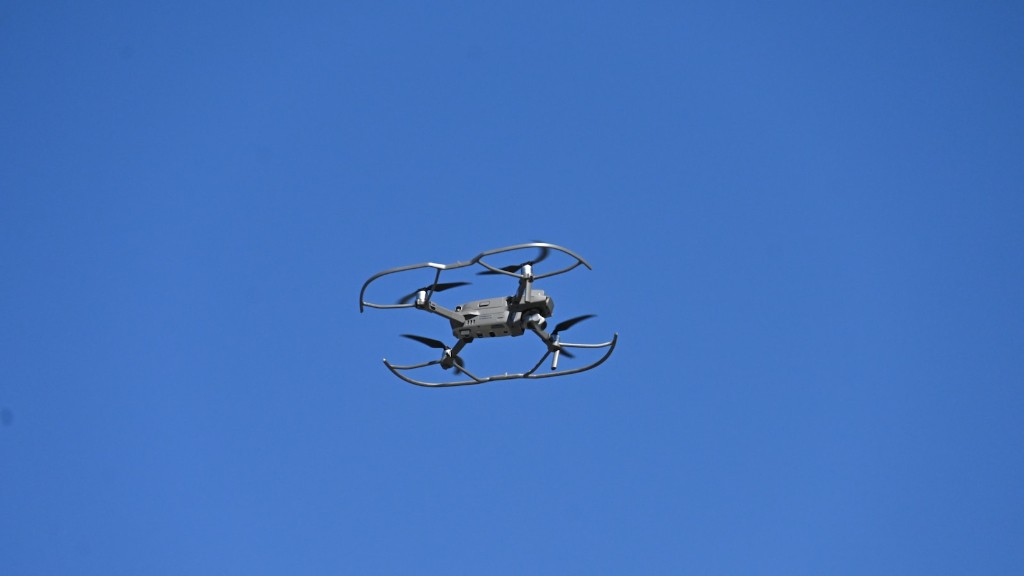In the early days of the KGB, the Soviet spy agency used a variety of methods to fake identities and create falseBackstories for its agents. One popular method was to use the cover of a foreign embassy or diplomatic mission. This allowed KGB agents to pose as diplomats and travel relatively freely without arousing suspicion. Another method was to create fictitious companies or organizations that KGB agents could use as a cover for their activities.
In the early days of the KGB, the agency used a network of false identities and front organizations to carry out its work. These activities were often used to gain information or to spread disinformation.
What did the KGB do to people?
The KGB was a secret police force in the Soviet Union that was responsible for quelling dissent and silencing opponents of the Communist regime. KGB agents often used extreme violence to carry out their tasks, making them one of the most feared organizations in the Soviet Union.
The KGB was created in 1954 to serve as the “sword and shield of the Communist Party”. The new security service, which played a major role in the purge of Beria’s supporters, was designed to be carefully controlled by senior Communist Party officials. The KGB was responsible for gathering intelligence, conducting counterintelligence operations, and protecting the Soviet leadership from internal and external threats.
How did the KGB recruit spies
The KGB agents were recruited on a patriotic basis in two ways: by offering them material gain or by collecting compromising material – Kompromat – about them. Compromising evidence made the recruiting process easier.
The Soviet Union used a variety of methods to collect intelligence on the United States during the early twentieth century. These methods included using Russian and foreign-born nationals as spies, as well as using American Communists. The Soviet Union had a variety of intelligence agencies, such as the GRU, OGPU, NKVD, and KGB, which were responsible for different aspects of intelligence-gathering.
How many deaths is the KGB responsible for?
The KGB and its predecessors have been responsible for the deaths of tens of millions of people, according to many scholars. This estimate is based on the fact that the KGB was responsible for many of the political murders and purges that took place in the Soviet Union. In addition, the KGB was also responsible for the deaths of many people who were tortured or who died in prison.
The KGB classified its spies as: agents (a person who provides intelligence) and controllers (a person who relays intelligence). This is because agents are the ones who are actively working to gather intelligence, while controllers are the ones who are responsible for coordinating the agents and relaying the intelligence they gather.
What does GRU stand for?
GRU, or Glavnoye Razvedyvatelnoye Upravlenie, was the Soviet military intelligence organization during the Cold War. It was believed by Western intelligence authorities that the KGB, the Soviet political police and security agency, had agents within the GRU.
The cheka was a secret police force that had virtually unrestrained power over life and death.
What was the secret police in Russia
Cheka was established in December 1917 by a decree of Vladimir Lenin as a security force during the Russian Civil War. It was initially staffed by former tsarist officers and communists who had been active in the underground against the tsarist regime. Cheka quickly acquired a reputation for brutal methods of interrogation and execution, which resulted in the executions of tens of thousands of people, both guilty and innocent. Cheka was abolished in 1922, but its methods were continued by the KGB, which was established in 1954.
An agent is another word for a spy: someone who volunteers or is recruited to pass secrets to an intelligence agency, sometimes taking risks to spy on their own country. They may be recruited through money, ideology, coercion, greed, or for another reason, such as love (human beings are complicated).
Who is the most famous KGB spy?
Oleg Gordievsky was a high-ranking Soviet intelligence officer who served as a double agent for the British secret service, MI6, during the Cold War. He is considered one of the most important Western spies to have been successfully recruited by the Soviets.
The process of applying to a federal agency can be a long and daunting one. But it’s important to remember that the stakes are high—a position in the federal government can be a very rewarding one. The process usually includes a full background check and several rounds of interviews. For many intelligence officer roles, this process can take up to two years. But it’s important to be patient and persistent—the rewards of a federal government job can be well worth the effort.
Who is the greatest spy of all time
Aldrich Ames is a former CIA officer who was convicted of spying for the Soviet Union and Russia. He is believed to have mishandled classified information that led to the exposure of several CIA agents, some of whom were executed.
Robert Hanssen’s espionage was described by the US Department of Justice as “possibly the worst intelligence disaster in US history.” Hanssen spied for the Soviet Union and Russia while he was working for the FBI. He was caught in 2001 and sentenced to life in prison.
Who is the most famous spy in history?
There have been many famous spies throughout history, but some of the most well-known are Sir Francis Walsingham, Benedict Arnold, Nathan Hale, Rose O’Neal Greenhow, Elizabeth Van Lew, Mata Hari, and Carl Lody. Each of these individuals made a significant impact on the world of espionage and helped to shape the way that modern espionage is conducted.
The Russian secret service was incredibly proficient at assassination during the Cold War. Their weapons of choice included chemical spray guns that induced heart attacks, strychnine-laced chocolates, and miniature guns disguised as cigarette cases. All of these methods were highly effective, and often times the victims didn’t even know they had been poisoned until it was too late. It’s no wonder that the Russian secret service was so feared during this time period.
Did Stalin try to assassinate Tito
The Soviet Ministry of State Security’s plan to assassinate Yugoslavia’s President Josip Broz Tito with a biological agent codenamed Scavenger was never carried out due to the death of Soviet leader Joseph Stalin in 1953. The plan, which was concocted in 1952, would have seen the use of a poison to kill Tito while he was on a state visit to Moscow. It is not known what became of the Scavenger project after Stalin’s death.
The Gulag was the Soviet Union’s main penal system and it held many types of prisoners. Robbers, rapists, murderers, and thieves were just some of the prisoners who spent their sentences in the Gulag. The Gulag was a very tough and harsh place to be and many prisoners did not survive.
Conclusion
The KGB was a Sovietintelligence agency that was active from 1954 until 1991. During that time, the KGB was responsible for many famousMoscow-directed espionage cases in the United States, as well as other countries. In order to carry out its mission, the KGB often had to create false identities for its agents. One famous example of this is the “Mr. Lipscani” case, in which KGB agent Yuri Bezmenov posed as a Romanian businessman in order to gain information from government and business officials in the West.
The KGB used fake identities to carry out their operations. They would create false passports and ID cards to get into other countries. They would also use aliases to avoid detection.





